The Turkish fez, hats & Atatürk
Prior to 1925, the Turkish fez, a conical hat made of red felt, was synonymous with Turkey and the Ottoman Empire. Indeed, the factory that made them can still be seen on the shores of the Golden Horn and has been converted into an art and culture centre. Long associated with the dangerous wilds of the Orient, a fez remains a popular souvenir to bring home, although the only people you’re likely to see wearing them are ice cream sellers in tourist centres.
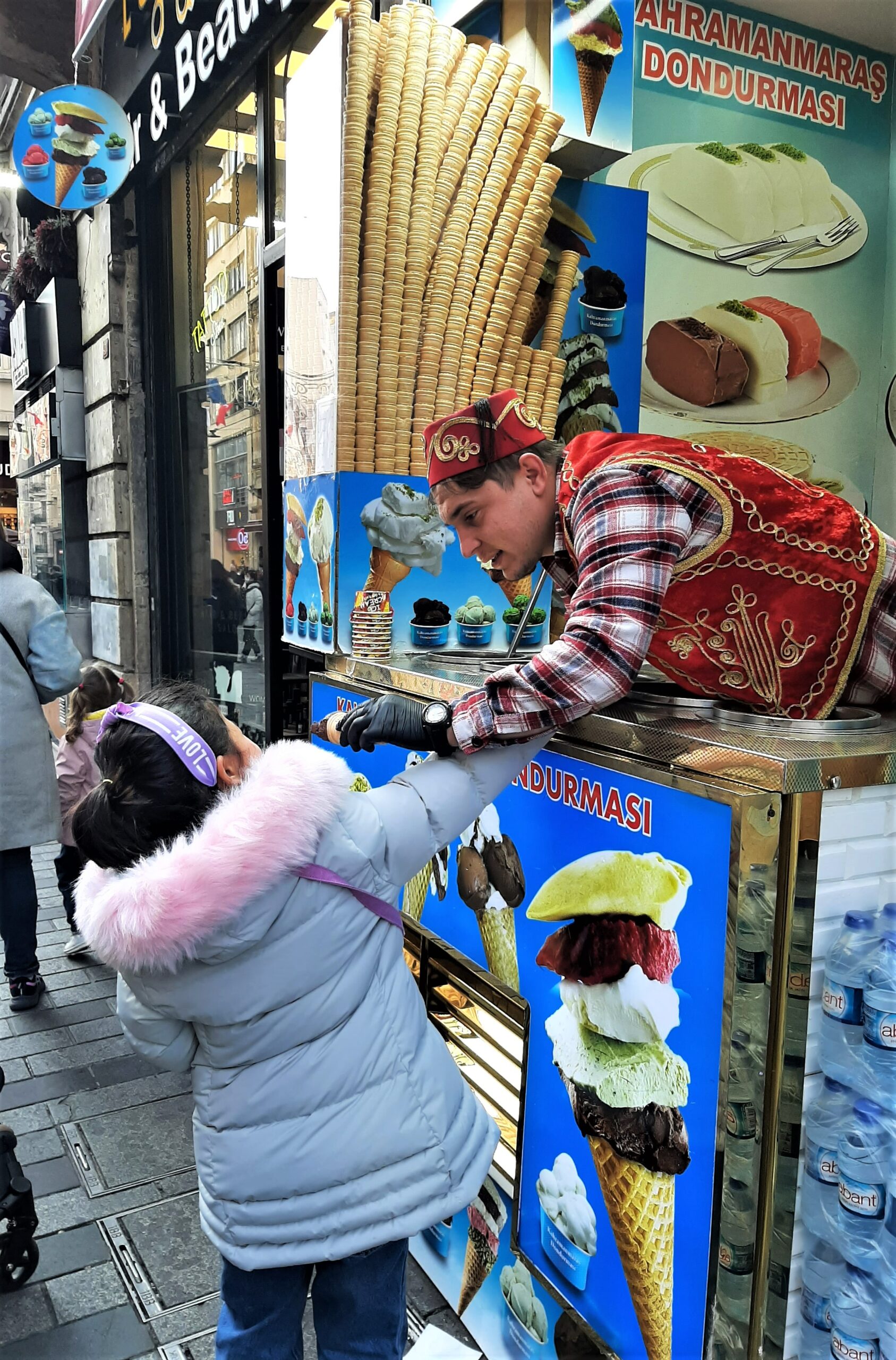
I’m Australian, so coming from a country with one of the highest rates of skin cancer in the world, wearing a hat in summer, or in my case any time the sun shines, is imperative. When I first moved to Turkey hats on heads, like umbrellas in the rain, were scarce. These days they’ve become quite fashionable and are more widely available.
The early decades of the 20th century saw major changes in Turkey, all led by one man, Mustafa Kemal Atatürk. Renowned military strategist and founder of the Turkish Republic, he introduced numerous policies to bring Turkey into line with Western standards and expectations. Banning the Turkish fez was one of them. The ‘Hat Law’ meant that only Western-style hats could be worn in public places and it was mandatory for all civil servants to wear one. Individuals could choose to go hatless but on no account could they wear a traditional turban or fez. Anyone daring to be seen in a fez would be punished, and could even have faced the death penalty.
Harsh as this may seem today, Atatürk was trying to unite a country shattered by the losses suffered in World War One and the subsequent Occupation of Constantinople. On the 13th of November 1918, French troops entered the city, followed by the British the next day.
Just as it seemed likely the country would be carved up by its former enemies, the Turkish nationalist movement was born, leading to the Turkish War of Independence in which Atatürk played a major role. Although he didn’t want Turkey to become a Western territory, he gave a speech in Inebolu on the Black Sea Coast in which he promoted the wearing of hats and other items of Western dress as essential if the country were to be considered nationalistic, civilised and universal in outlook.
Phasing out the Turkish fez was a rocky affair which saw clashes between supporters of Atatürk’s reforms and those against them. Nonetheless the law is still in place today, and was responsible for the rise to fame of Vitali Hakko, the man behind the world famous Vakko label. He started making and selling hats in his Istanbul shop in 1934 and has made his fortune many times over since then.
Although not many people still wear the felt fedoras introduced by Atatürk back in 1925, there are several styles of hat that seem to be timeless in Turkey.
The main style I’ve seen ever since I first came here in 1990 is the flat cap, known in Australia and the UK as an ‘Andy Capp’, after the famous cartoon character. For many years I always thought it was called a ‘handicap’, given the physical state of the old men who favour them.
Then there’s the shiny small white Muslim prayercap called a takke. These were once restricted to the mosque but are now being worn in public by more devout individuals.
Lastly, there are the faux Panama hats that grace heads all over the country in the summer these days. Ataturk favoured this style of hat and you can see hats he owned as well as tailormade clothes in various Ataturk Museums around the country.
************************************
Planning to come to Istanbul or Turkey? Here are my helpful tips for planning your trip.
For FLIGHTS I like to use Kiwi.com.
Don’t pay extra for an E-VISA. Here’s my post on everything to know before you take off.
However E-SIM are the way to go to stay connected with a local phone number and mobile data on the go. Airalo is easy to use and affordable.
Even if I never claim on it, I always take out TRAVEL INSURANCE. I recommend Visitors Coverage.
I’m a big advocate of public transport, but know it’s not suitable for everyone all the time. When I need to be picked up from or get to Istanbul Airport or Sabiha Gokcen Airport, I use one of these GetYourGuide website AIRPORT TRANSFERS.
ACCOMMODATION: When I want to find a place to stay I use Booking.com.
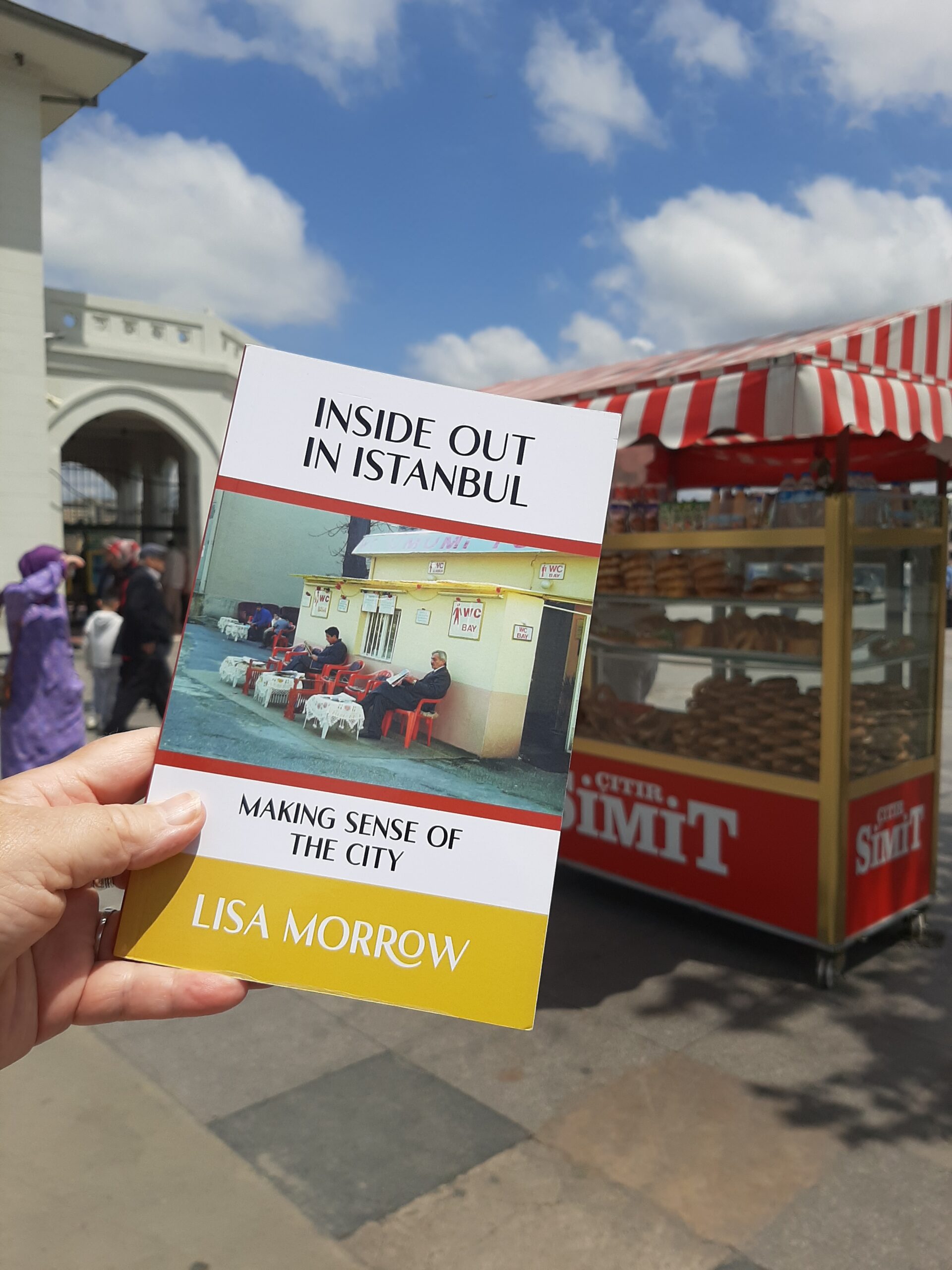
CITY TOURS & DAY TRIPS: Let me guide you around Kadikoy with my audio walking tour Stepping back through Chalcedon or venture further afield with my bespoke guidebook Istanbul 50 Unsung Places. I know you’ll love visiting the lesser-known sites I’ve included. It’s based on using public transport as much as possible so you won’t be adding too much to your carbon footprint. Then read about what you’ve seen and experienced in my three essay collections and memoir about moving to Istanbul permanently.
Browse the GetYourGuide website or Viator to find even more ways to experience Istanbul and Turkey with food tours, visits to the old city, evening Bosphorus cruises and more!
However you travel, stay safe and have fun! Iyi yolculuklar.
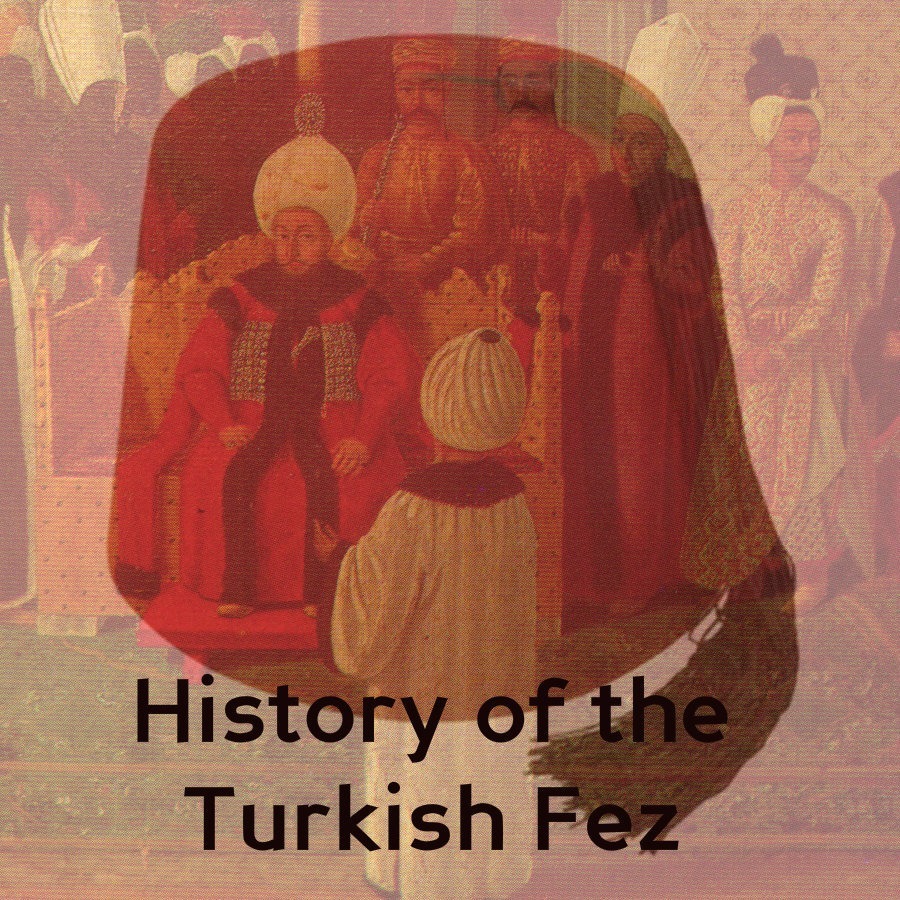
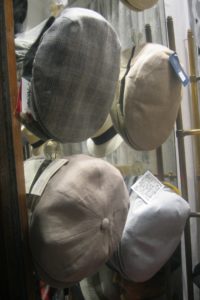
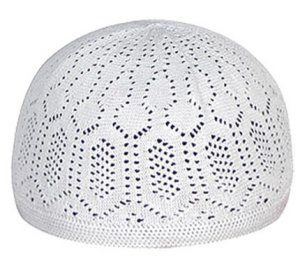
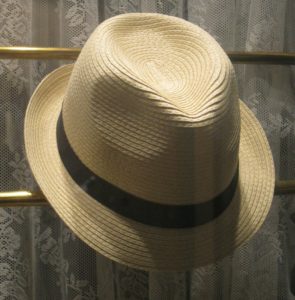
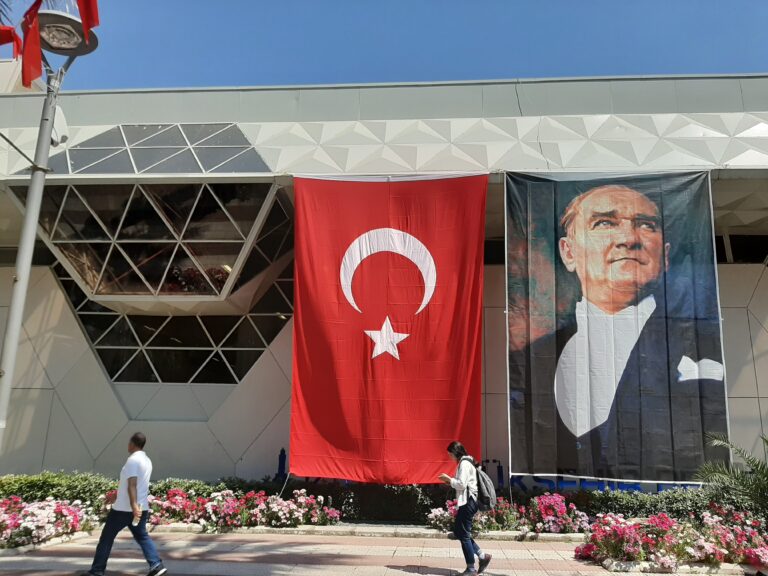
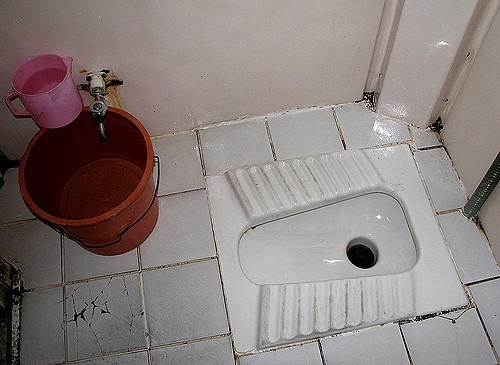
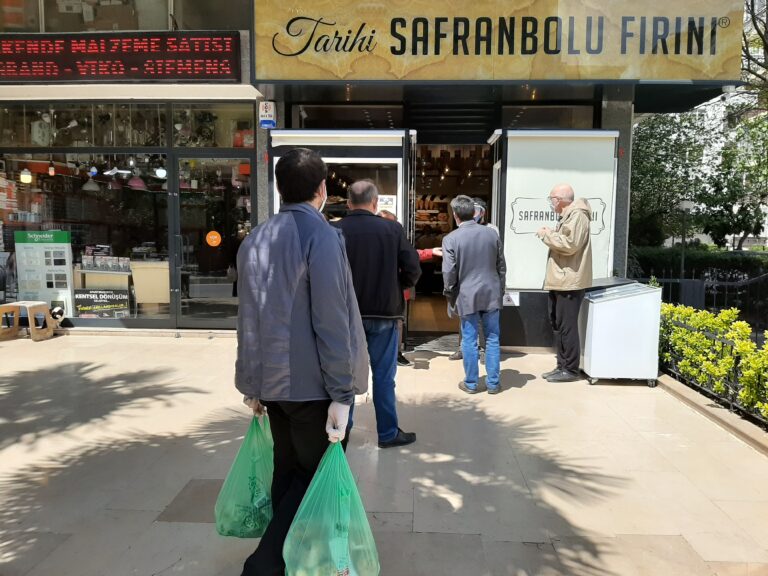
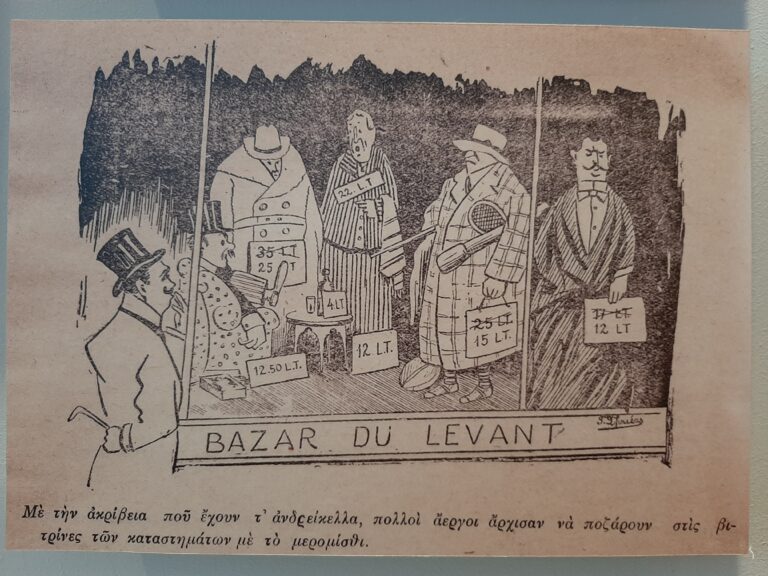
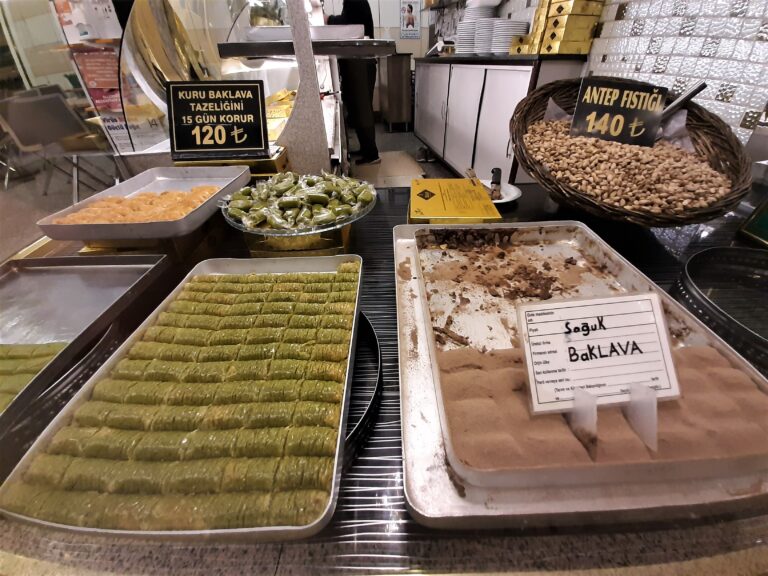
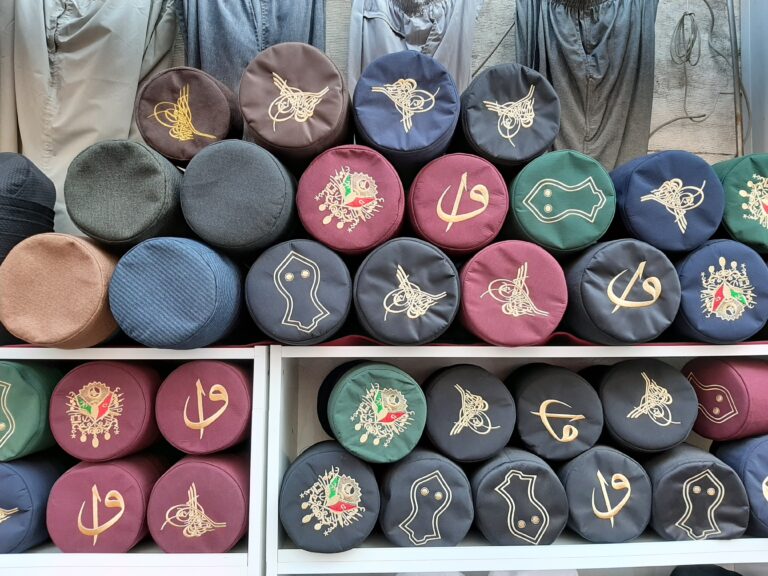
Very interesting
Thank you. That’s good to know.
” A Fez of the Heart” by Jeremy Seal is a great read about the demise of the fez.
Yes I loved it. He went behind the usual stereotypes about Turkey and produced a great book
Yes I loved it. He went behind the usual stereotypes about Turkey and wrote a really interesting book.
Hi Lisa,
I enjoy reading your posts. This one, however, reminded me incredibly of one I wrote a few years ago – please have a look at my Life in Camelot site and let me know what you think:
Best wishes,
Genevieve